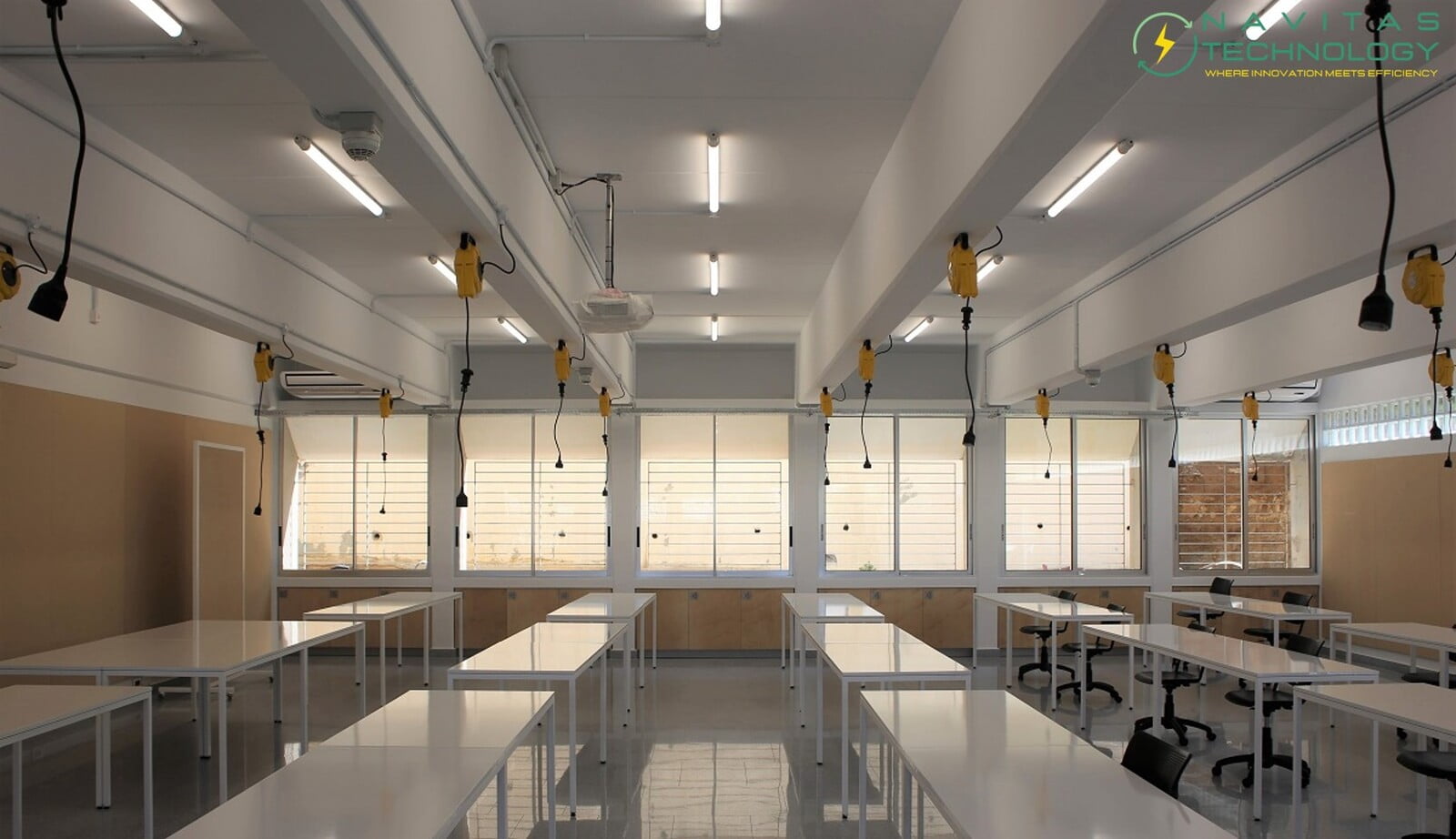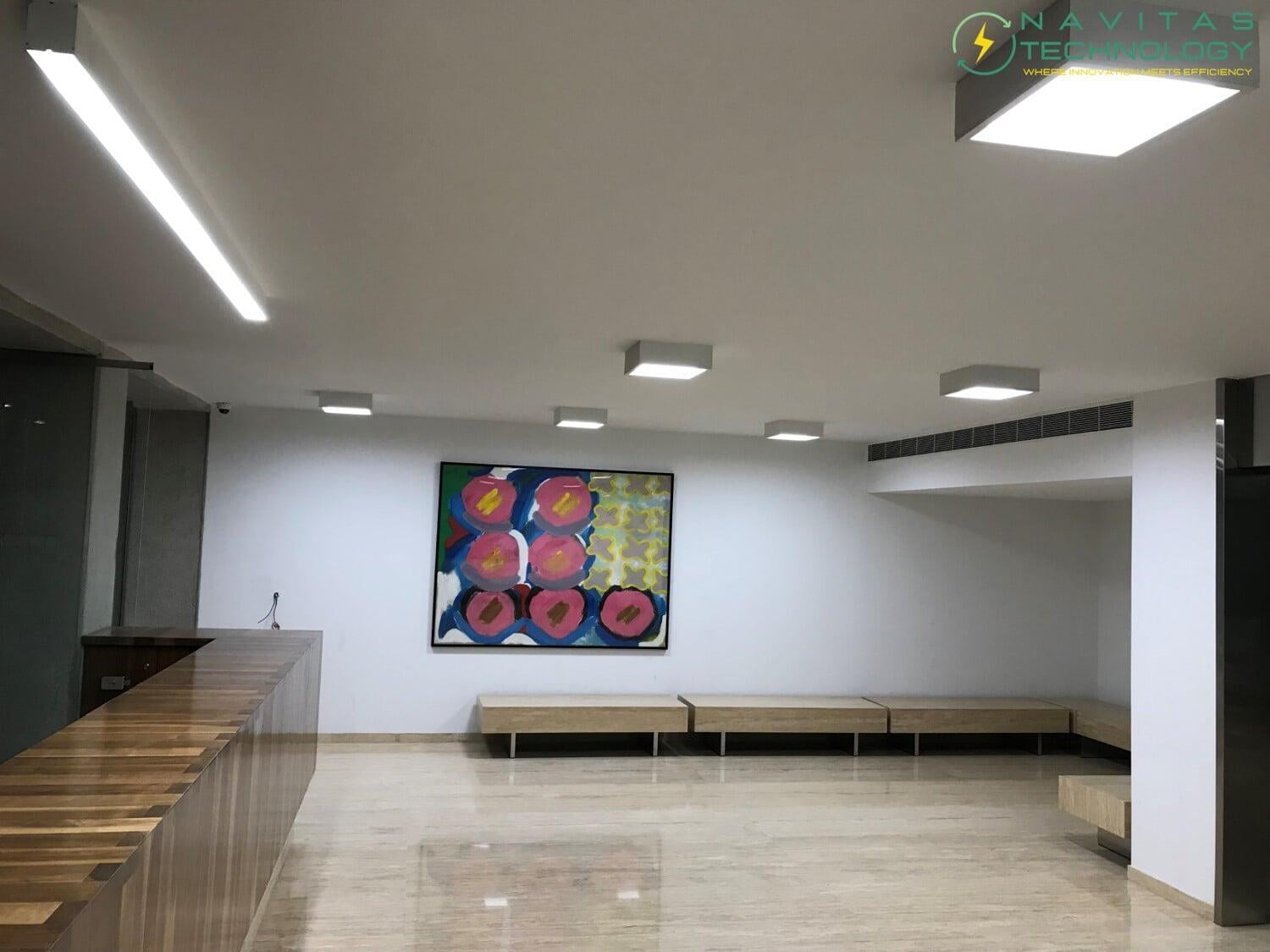Energy Efficient Lighting Design
Energy-efficient indoor and outdoor lighting design focuses on ways to improve both the quality and efficiency of lighting.
In recent years, enthusiasm to improve a building’s energy-efficiency and reduce its overall carbon footprint has grown. Lighting design has been at the forefront of this movement.
It is no surprise that commercial buildings consume a tremendous amount of energy, which we have learned over the years is not always necessary and can be avoided with changes in lighting, controls, heating and air conditioning systems, and ventilation improvements.
Whether you are designing a new building, renovating an existing building or looking to improve your new home office, incorporating these two simple tips will get you well on your way to a more sustainable and energy-efficient work environment.
Energy-efficient lighting design principles include the following:
- Maximize the use of daylighting
- More light is not necessarily better: light quality is as important as quantity
- Match the amount and quality of light to the performed function
- Install task lights where needed and reduce ambient light elsewhere
- Use energy-efficient lighting components, controls, and systems (i.e., timers, occupancy sensors and connected apps)


